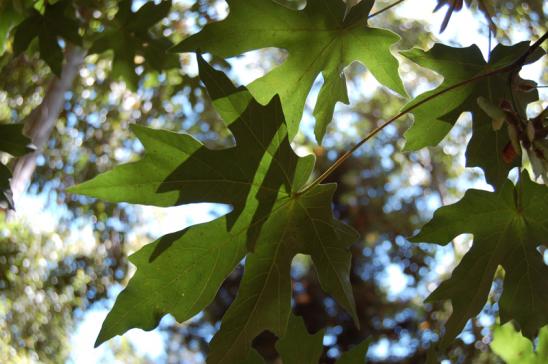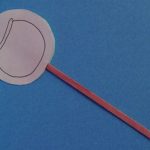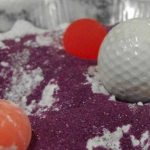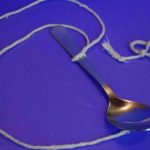Blog
Summer of Science Activity Series: Leaf Skeleton
Welcome to our last project in the Summer of Science activity series! This project will teach you how to remove leaf tissue to see a beautiful “skeleton” of veins. This project can be done with a variety of fresh leaves in any season.

Grade level: all grades. However, parental supervision is required due to the use of sodium carbonate and a hot stove.
You’ll need:
Leaves (choose large leaves that are colorful and not dried out)
Sodium Carbonate. This is also known as “washing soda” and is well-known for its everyday use as a water softener
One metal pot
Tweezers
Paintbrush
What to do:
Measure 4 ¼ teaspoons of sodium carbonate into the metal pot.
Dissolve the sodium carbonate in a half liter (this is equivalent to a little more than 2 cups) of water.
Heat the mixture on the stove. Ask an adult before doing this, and always be careful around kitchen stoves.
When the mixture is almost to a boil and bubbles appear on the surface, take it off the heat and put the leaves you have selected into the pot.
Let the leaves soak for 30 minutes.
Remove each leaf carefully from the pot with the tweezers. Gently wash the leaves with cool water. Use a paintbrush to carefully lift away the small bits of leaf cell remaining around the skeleton.
What’s happening here?
The part of the leaf you can see now is a complex pattern of hollow veins making up the leaf’s skeleton. A leaf’s veining system provides food and water to the rest of its cells. Because the leaf is no longer getting the nutrients it needs from the ground through the stem of the plant or tree trunk, its tissue will break down easily. All that remains is the delicate system of veins that make a lacy pattern.
Join the CuriOdyssey Community
LOCATION
1651 Coyote Point Drive
San Mateo, CA 94401
Ohlone Land Acknowledgement
650-342-7755
info@curiodyssey.org
CuriOdyssey is a 501(c)(3) non-profit, Tax ID 94-1262434




